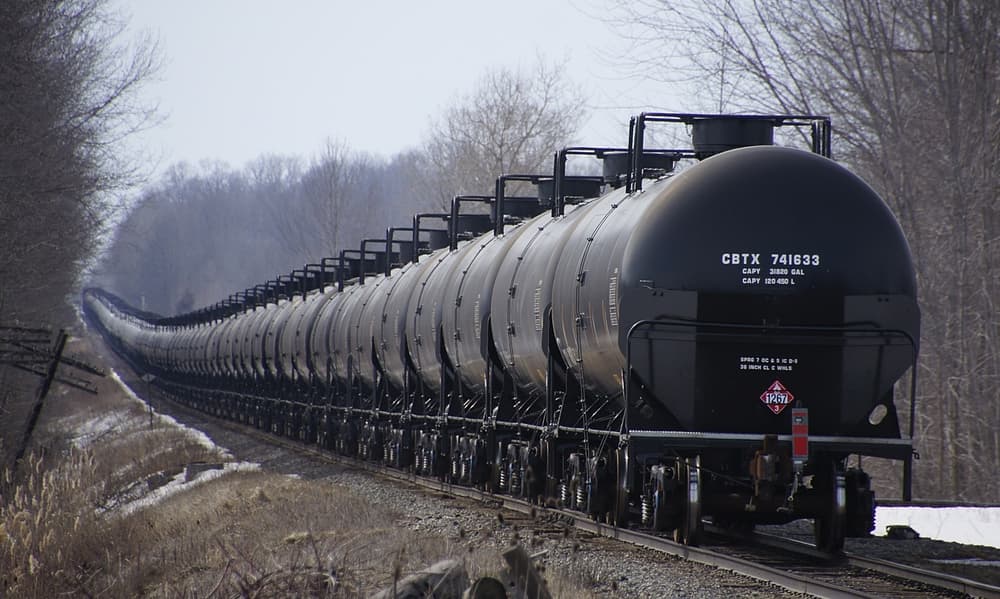Canada’s oil producers exhaust transportation options as pipelines, railroads fill to capacity.
Oil producers in Alberta are clamouring to get their barrels to market via rail, but railroad companies are reluctant to invest in expanding capacity because of concern that demand for their services is short-term.
Rail firms lost money in the past when they invested in expanding capacity only to see demand from the industry fall when prices collapsed in 2014 or when new pipelines started operation.
However, export pipelines are already running close to their limit and proposed new projects such as TransCanada’s Keystone XL and Kinder Morgan Canada’s Trans Mountain expansion have been beset by regulatory delays and fierce environmental opposition. No new export pipelines are expected to be built before late 2019 at the earliest when Enbridge expects to finish its Line 3 replacement project.
Cenovus Energy owns the 77,000 bpd Bruderheim rail terminal near Edmonton, Alberta, and leases its own rail cars to make sure it has multiple options to ship crude. “Having our own crude-by-rail loading facility also decreases the risk of having to compete for potentially expensive capacity during periods of pipeline constraint,” spokesman Reg Curren told Reuters.
Canadian Pacific Railway is asking shippers to lock into minimum one-year commitments to haul barrels, industry sources said, adding that rail companies are either reluctant or showed no interest in monthly, spot deliveries. A CP spokesman did not respond to Reuters' requests for comment on contracts.
Traders and producers are wary of committing to long-term rail contracts, which are more expensive than pipeline. It costs around $10-$12 a barrel to ship Canadian crude to the US Gulf Coast, versus around $8 by pipe.
CP chief executive Keith Creel told an investors conference in November the company went through a “very painful divorce” with crude-by-rail after a previous fall in oil prices and he would not be making 30-year investment decisions based on two or three years of demand.
The country’s other major railroad Canadian National Railway has told shippers it will not offer more rail capacity for oil until the second quarter of 2018. Canadian National is currently focused on moving grain for export, a spokesman told Reuters.
img: http://energyfuse.org/videos/live-from-canada-communities-push-for-stronger-crude-by-rail-safety-regulations/

